
The Jardin du Luxembourg, known in English as the Luxembourg Garden, colloquially referred to as the Jardin du Sénat, is located in the 6th arrondissement of Paris, France. The creation of the garden began in 1612 when Marie de' Medici, the widow of King Henry IV, constructed the Luxembourg Palace as her new residence. The garden today is owned by the French Senate, which meets in the Palace. It covers 23 hectares and is known for its lawns, tree-lined promenades, tennis courts, flowerbeds, model sailboats on its octagonal Grand Bassin, as well as picturesque Medici Fountain, built in 1620. The name Luxembourg comes from the Latin Mons Lucotitius, the name of the hill where the garden is located.
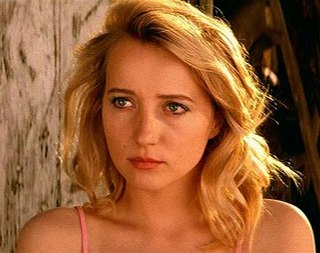
Pauline Lafont was a French actress. She was the daughter of film star Bernadette Lafont and Diourka Medveczky, a Hungarian sculptor.

Claude-Henri Watelet was a rich French fermier-général who was an amateur painter, a well-respected etcher, a writer on the arts and a connoisseur of gardens. Watelet's inherited privilege of farming taxes in the Orléanais left him free to pursue his avocations, art and literature and gardens. His Essai sur les jardins, 1774, firmly founded on English ideas expressed by Thomas Whately, introduced the English landscape garden to France, as the jardin Anglois. The sociable Watelet, who was born and died in Paris, was at the center of the French art world of his time.

The Parc de la Tête d'or is a large urban park in Lyon, France, with an area of approximately 117 hectares. Located in the northern part of the 6th arrondissement, it features the Jardin botanique de Lyon, as well as a lake on which boating takes place during the summer months. Due to the relatively small number of other parks in Lyon, it receives a huge number of visitors over summer; it is a frequent destination for joggers and cyclists.

The 3rd arrondissement of Lyon is one of the nine arrondissements of the City of Lyon.
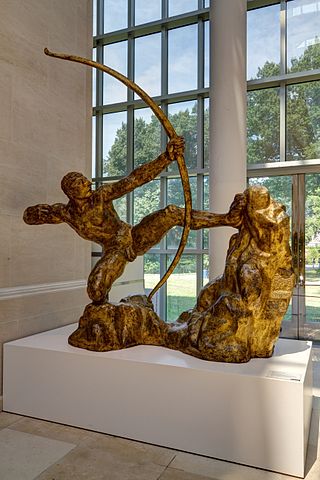
Hercules the Archer is a sculpture by Antoine Bourdelle, originally made in 1909, which now exists in many versions. It was a commission of the financier and philanthropist Gabriel Thomas, as a single copy in gilt-bronze in April 1909; Bourdelle worked on the sculpture in the summer of 1909. It was cast by Eugène Rudier, and it was exhibited at the National Society of Fine Arts in 1910, and much appreciated. The dimensions were 2.50 m × 2.40 m.
The city of Lyon and its urban area have several parks. The main parks in the inner city include Jardin des Chartreux in the 1st arrondissement, Parc Bazin, Parc Chambovet and Parc Sisley in the 3rd arrondissement, Parc de la Cerisaie, Parc Francis Popy and Jardin Rosa Mir in the 4th arrondissement, Jardin des Curiosités, Parc de la garde and Parc des Hauteurs in the 5th arrondissement, Parc de la Tête d'or in the 6th arrondissement, Parc de Gerland, Parc des berges du Rhône and Parc Sergent Blandan in the 7th arrondissement, and Parc de Montpellas, Parc Montel and Parc du Vallon in the 9th arrondissement.
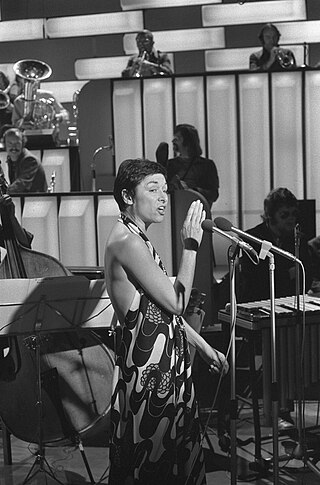
Catherine Sauvage was a French singer and actress.
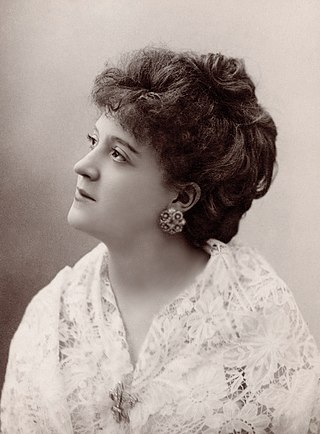
Ellen Andrée was a French actress and model for Édouard Manet, Edgar Degas and Pierre-Auguste Renoir and other impressionists, in the 1870s.

Sarah Monod was a French Protestant philanthropist and feminist.
Alfred Delacour or Alfred-Charlemagne Delacour, real name Pierre-Alfred Lartigue, was a 19th-century French playwright and librettist.

Victor Koning was a French playwright and librettist.
Adrien Decourcelle was a 19th-century French writer and playwright.
Jean Pierre Eugène Hugot was a 19th-century French playwright and chansonnier.
Blanche-Augustine Camus was a French neo-impressionist painter, associated with the style of Divisionism, noted for her luminous landscapes and gardens of the south of France, often combined with graceful outdoor portraits of her family and friends.

Gaston Isidore Allard was a French botanist, entomologist, and founder of The Arboretum Gaston Allard.
Antoine Ferdinand Oscar de Lagoanère was a French composer and conductor from Bordeaux. He was a conductor for several theaters and wrote numerous operettas. From 1908 to 1914 he was the director of music for the Théâtre de la Gaîté in Paris. His works include Les deux panthères, Fillette et loup-Garou, Un ménage au violon, L'étape d'un 27 jours, Il était une fois, Le cocheur de la mariée, Néron, Les sept péchés capitaux, Le cadeau d'Alain, and L'habit de César. He also wrote the music for Voyage à travers l'impossible, an 1882 play by Jules Verne and Adolphe d'Ennery. He died in Paris on 23 May 1918.
Marie Lera was a French journalist, novelist, and translator. She is best known for her book, Le secret des "Désenchantées". Lera died in 1958.
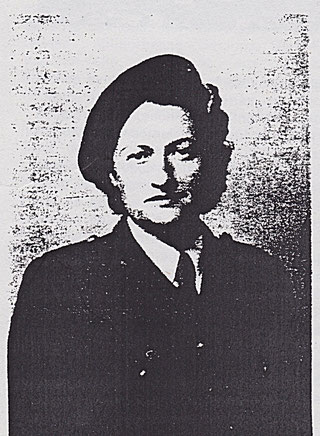
Marcelle Lafont was a chemist, chemical engineer, member of the French Resistance and later a politician. Born into the successful bourgeois Lafont family she broke with tradition and earned a degree in chemical engineering, became a truck driver, an aviator and spoke several languages. In 1935 she ran for election in Villeurbanne when women still did not have the right to vote in France. During the Second World War, her work in the French Resistance earned her the Resistance Medal. She later took up politics in Songieu.

Paula Brébion was a French singer and actress. Brébion began her stage career at the age of 6, first learning the trade in Paris from her mother, Marie Constance Joséphine Hersilie Brébion, who was also an actress, and then with mime Louis Rouffe and his troupe in Marseille. She had a huge success in the big concert halls of the French capital and in the provinces, performing light, saucy and patriotic songs, several dozen of which were her own creations. She was nicknamed "la Reine" and "l'Etoile de la Scala". She then turned to the theatre and performed in numerous plays in France and abroad.
















